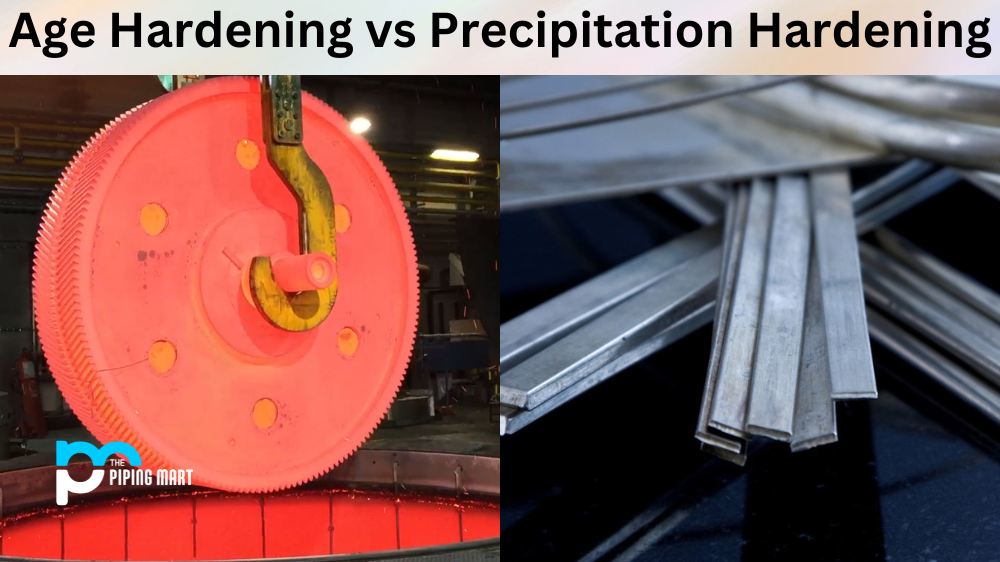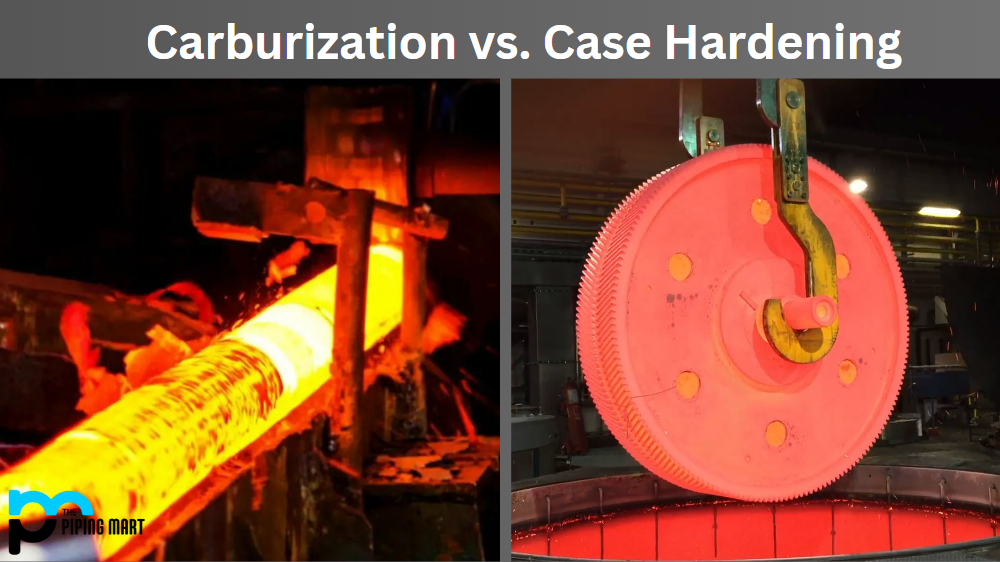As a metal reacts with an oxidizing agent in its atmosphere, corrosion occurs. Moisture, a metallic base, and an oxidizing agent known as an electron acceptor are all needed for metal corrosion to occur naturally. Corrosion changes the reactive metal surface into oxide, hydroxide, or sulphide. Rust is a well-known example of corrosion.
Each metal has its own set of electrochemical characteristics. These characteristics define the forms of corrosion to which the component is prone. Iron instruments, for example, will rust if exposed to moisture for a prolonged period of time, and a copper roof will tarnish as a result of exposure to the elements. Although some metals are more resistant to corrosion than others (depending on the environment), no metal is immune to all types of corrosion.
Corroded metal has an effect not just on the metal structure, but also on the persons who use the object or objects who are in close proximity to the metal. Corroded metal will cause buildings and bridges to collapse, pipes to leak, and medical implants to poison people’s blood in the worst-case situation. There is no one-size-fits-all solution for stopping metal components from corroding. Manufacturers must use a variety of approaches to avoid and monitor corrosion of different metals since there are so many different grades of metal and so many different applications.
Listed below are the 10 common types of corrosion:
- General Attack Corrosion
- Localized Corrosion
- Galvanic Corrosion
- Environmental Cracking
- Flow Assisted Corrosion
- Inter-granular Corrosion
- De-Alloying Corrosion
- Fretting Corrosion
- High-Temperature Corrosion
Ways to prevent corrosion of metal parts:
- Choose the right metal for designing.
Using a corrosion-resistant metal such as stainless steel, duplex, super duplex, nickel alloy, or 6 percent Moly is one of the easiest ways to avoid corrosion. The engineering stage is when corrosion protection starts. Manufacturers should build parts with corrosion resistance in mind if they would be used in corrosive environments. Since these metals are so well-made, they have a greater ability to withstand corrosion, reducing the need for additional corrosion prevention measures. Parts exposed to the elements, for example, can cause water and debris to drain rather than accumulate on the surface. - Protective Coatings.
Another choice for avoiding corrosion is to add a sheet of special corrosion-resistant paint. Paint coatings can serve as a foil, stopping electrochemical charges from being transferred to the corrosive fluid and the metal underneath. Coatings can serve as a physical barrier between metal parts and oxidizing elements in the atmosphere, offering a layer of corrosion protection. Galvanization is a common process in which manufacturers add a thin layer of zinc to the component. Powder coatings are another efficient way to save metal components from corroding. A powder coating can protect a part’s surface from corrosion by sealing it away from the air when applied properly. - Environmental Measures.
Corrosion is influenced by a variety of environmental causes. When metal parts are not in use, it is beneficial to store them in a safe, dry environment. Try using techniques to monitor the amount of sulphur, chloride, or oxygen in the surrounding atmosphere if you want to store them for a long time. As a consequence, regulating the atmosphere will help to reduce these reactions. This could be as easy as minimizing exposure to rain or seawater, or it could require taking measures to manage sulphur, chlorine, or oxygen levels in the environment. Treatment of water in water boilers to change hardness, alkalinity, or oxygen content before trying to expose the metal to that water, for example, will go a long way toward helping the metal to prevent corrosion. - Maintenance of the Metals.
Protective, coatings pollution monitoring and cathodic shielding are all good ways to save metal components from corroding. These precautions, though, are useless if they are not maintained and tracked on a daily basis. Over time, coatings can wear down, and even slight nicks and scratches can cause corrosion. Ensure that pieces are kept clean and that additional protection is added when required. Various plating and shielding can also be used to protect the metal like Electroplating, Mechanical plating, Electroless, Hot Dipping, etc.

Pipingmart is B2B portal specializes in industrial, metal and piping products. Also, share latest information and news related to products, materials and different types grades to help business dealing in this industry.




